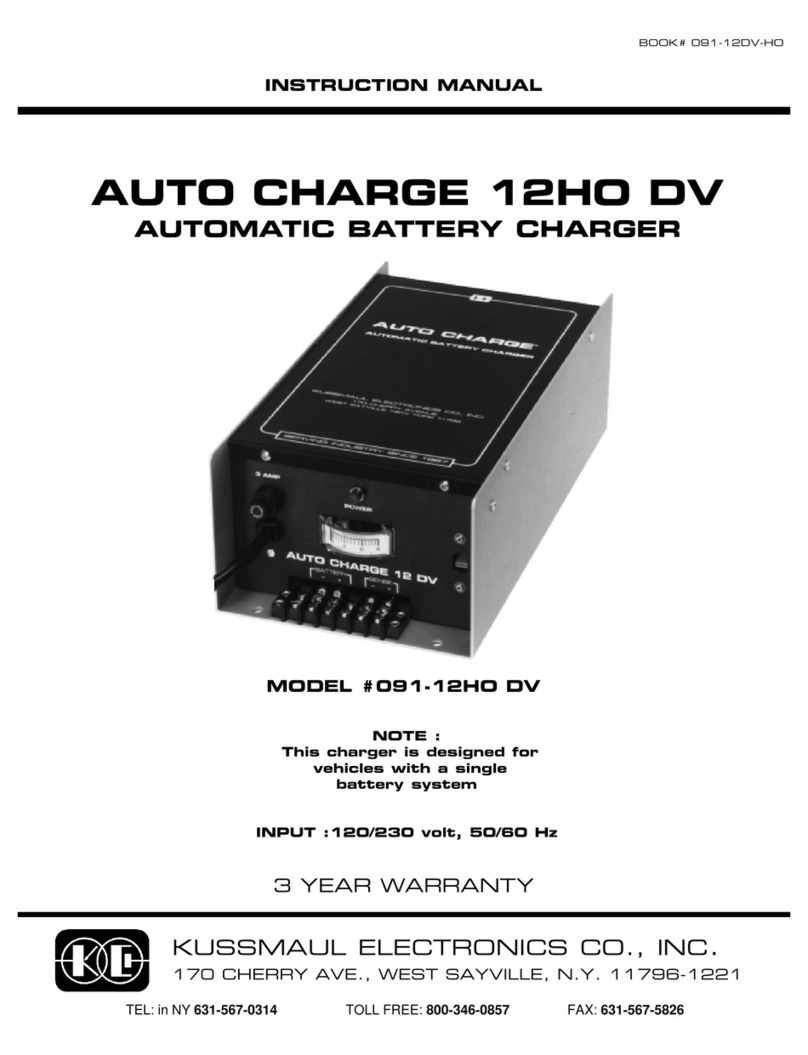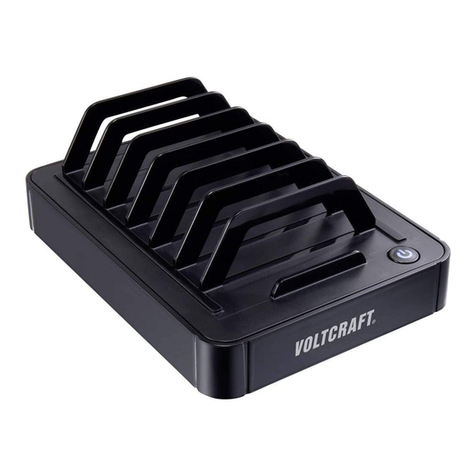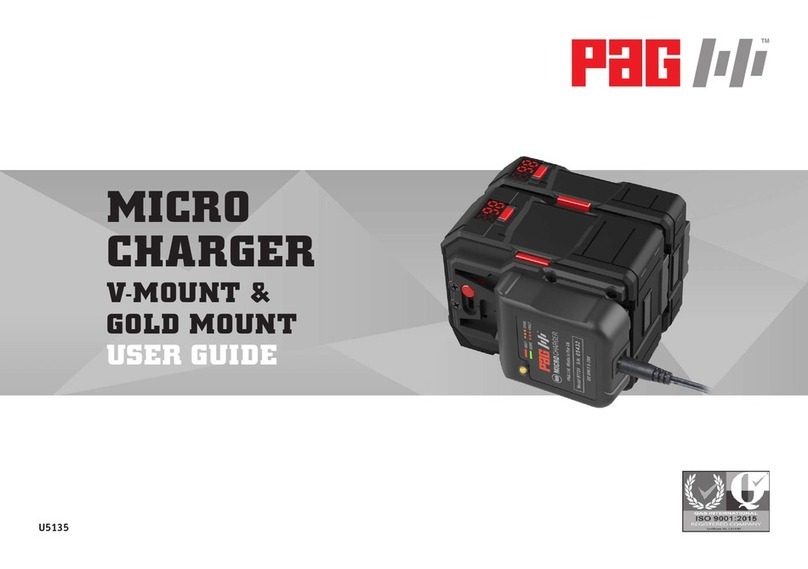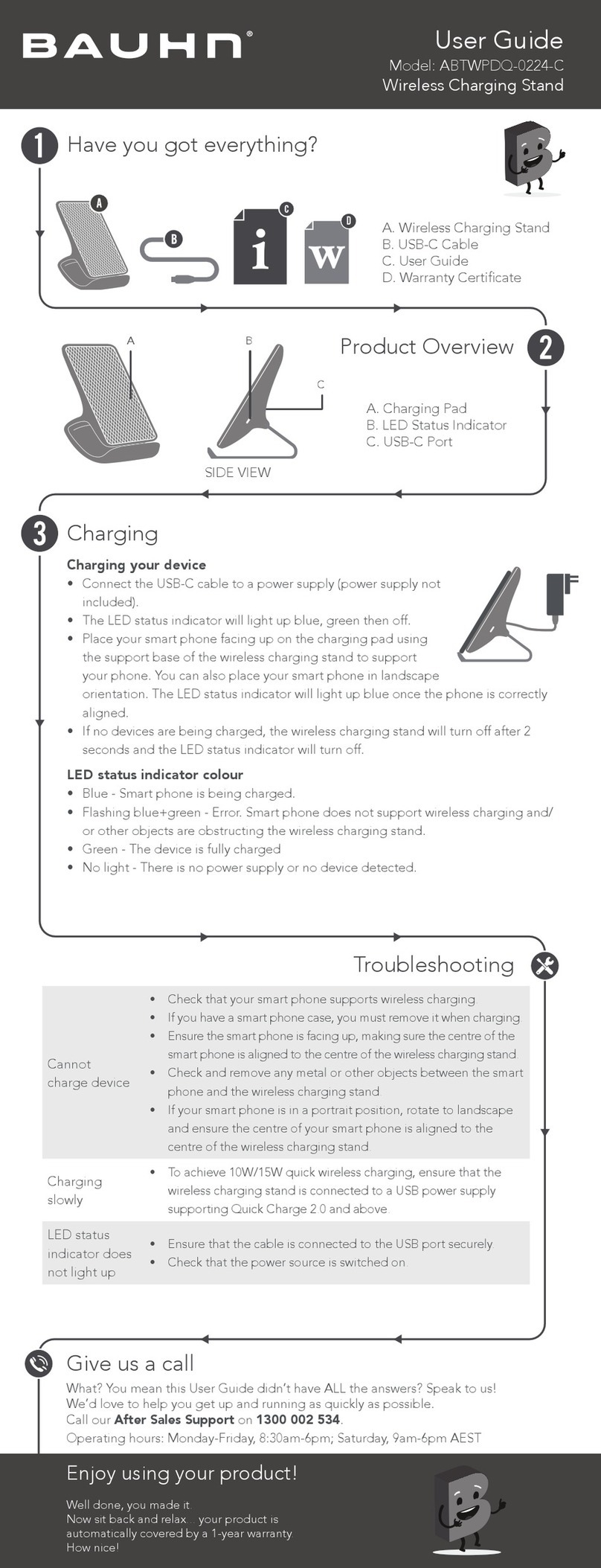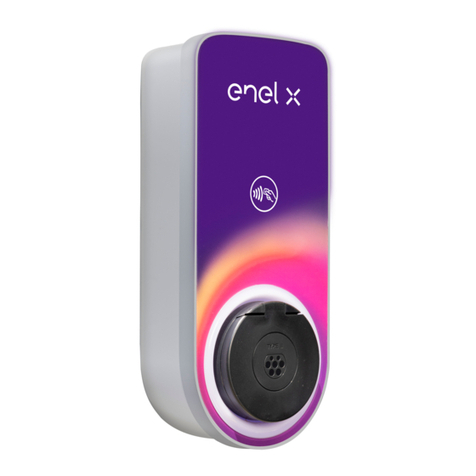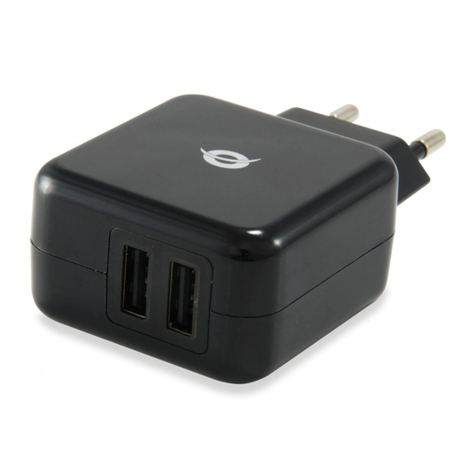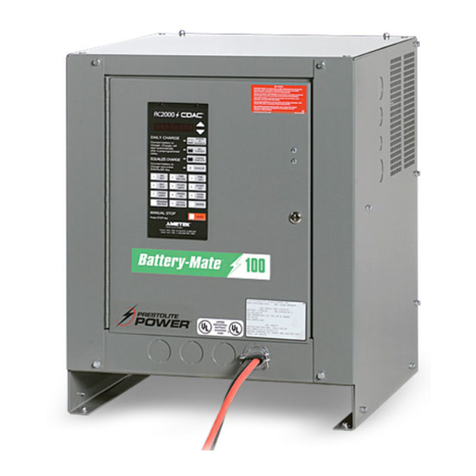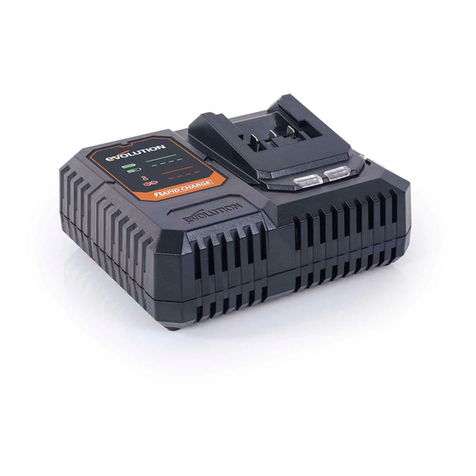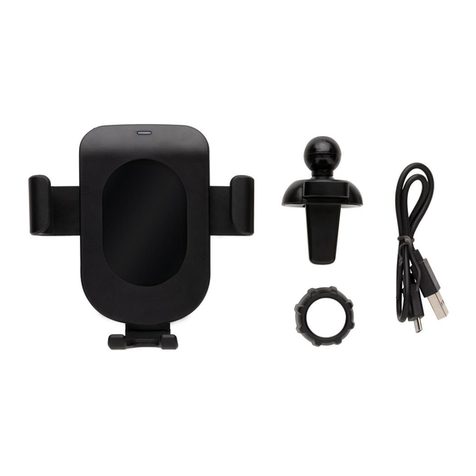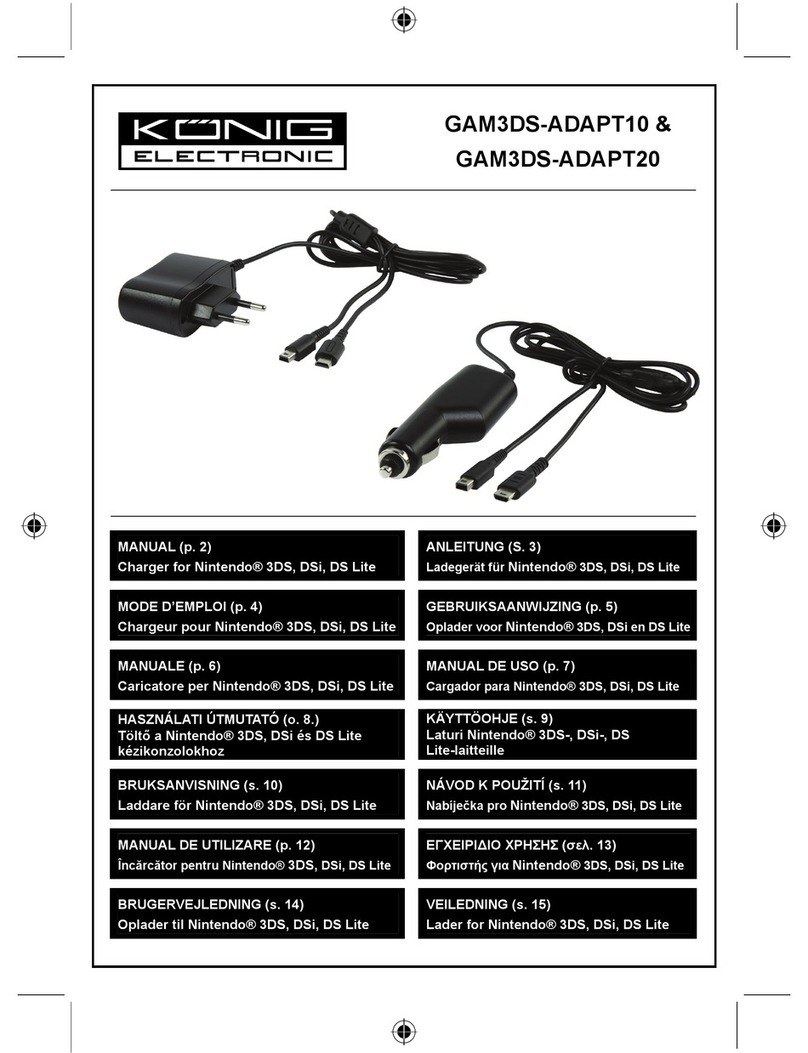Patriot SolarGuard 155 User manual

www.patriotglobal.com
electric fence energizer USER MANUAL
SolarGuardTM 50, SolarGuardTM 155
If you suspect the unit is not working then follow these steps:
1. Disconnect the unit from the fence and check the indicator light is
flashing.
2. Check the battery connection and voltage.
3. Check that the voltage between the live and ground terminals is
greater than 7000 V using a fence voltage tester.
4. If these tests are OK you have an installation problem.
Consult your user manual for installation and operating instructions
or contact Tru-Test Group Customer service on 800-874-8494.
STOP!
DO NOT RETURN
THIS PRODUCT
TO THE STORE

2

3
Key to symbols on the unit
Fence ground terminal (green). Connect the
fence ground terminal to the ground system.
Fence output terminal (red). Connect the
fence output terminal to the fence.
Risk of electric shock! This unit should be
opened or repaired only by qualified
personnel. No user serviceable parts.
Read full instructions before use.
This unit must NOT be disposed of with
other normal waste. Instead, it is your
responsibility to dispose of it correctly by
handing it over to a local authority
responsible for collecting electrical and
electronic equipment waste.
Before first use
Before using the unit for the first time, you must:
1Connect the battery (the positive terminal is
disconnected before shipping).
2Charge the battery by placing the unit in full
sunlight for three days with the solar panel
facing true south in the northern hemisphere
and true north in the southern hemisphere.

4
Connecting the positive terminal on the battery –SolarGuard 50
1Place the unit face-down on a flat surface (solar panel downwards as shown). Undo the two screws securing the
battery compartment.
2Slide the battery compartment away from the unit to expose the battery.
3Connect the positive (red) lead to the positive (+) terminal on the battery.
4Slide the battery compartment back into place and secure it with the two screws.

5
Connecting the positive terminal on the battery –SolarGuard 155
1Place the unit upside-down on a flat surface (handle downwards as shown). Open the battery compartment by
pressing both latches firmly and pushing upwards.
2Connect the positive (red) lead to the positive (+) terminal on the battery.
3Close the battery compartment, ensuring the latches are securely fastened.

6
Installation
Positioning the unit
Install the unit:
adjacent to the electric fence
preferably in the middle of the electric fence
where it will receive the most daily sun throughout the season
where a good ground can be obtained
away from flooding and out of reach of animals and children (inside a protective fence, if required)
with the solar panel facing true south in the northern hemisphere and true north in the southern hemisphere.

7
Mounting the unit
The unit may be placed directly onto a flat surface or mounted directly onto a steel Y-post or T-post using the post-
mounting slot.
It can also be mounted onto a wooden post.
SolarGuard 50 - you need 2 galvanized washers and 2 x galvanized flat head nails.
SolarGuard 155 - mounting hardware is provided.
To mount onto a wooden post:
1Thread a washer onto each nail.
2Space the nails 3” (75 mm) apart.
3Hammer in the nails, allowing them to protrude by 3/8” (10 mm).
4Slide the unit onto the nails with the washers inside the post-mounting slot.

8
Connecting to an electric fence
1Push a 3’ (1 m) ground rod fully into firm soil.
2Connect the green lead from the Fence ground terminal on the unit to the grounding system.
3Connect the red lead from the Fence output terminal on the unit to the fence. Make sure there is a good
contact.
Caution!
Make sure the connecting leads drop downwards from the unit to prevent water from collecting at the
terminals.

9
Operation
Switching on and off
1To switch on, press and hold until the pulse indicator light gives one long flash (one second).
2To switch off, press and hold until the pulse indicator light gives five short flashes.
Pulse indicator light
The pulse indicator light indicates the output pulse speed. The pulse speed varies according to the battery charge level:
Battery charge level
Typical pulse speed
Normal
A pulse every 1.5 seconds
Low
A pulse every 3 seconds
Standby mode
An intelligent battery management feature puts the unit into Standby mode when battery charge falls below a ‘safe
operating level’. When in Standby mode, the unit is still on, but it will not deliver a pulse to the electric fence.
The unit will resume delivering pulses when the solar panel has charged the battery so that it is above ‘safe operating
level’.
When operation resumes, the battery charge level will still be low, so the unit will deliver one pulse every 3 seconds.
Once the battery reaches normal charge level, the pulse will revert to one pulse every 1.5 seconds.

10
Battery information
Battery charging
The solar panel can fully charge a flat battery in two weeks, provided the unit is switched off and there is adequate
sunlight. A battery charger may also be used to charge the battery. Use a battery charger suitable for charging sealed,
lead-acid batteries.
Battery charger details
Warning!
The battery must be disconnected and removed from the unit before connecting it to a battery charger.
Model
Battery type being charged
Battery charger requirements
SolarGuard 50
6 V
6.9 V, 0.5 A
SolarGuard 155
12 V
13.8 V, 1 A
When fully charged, the battery should be able to power the unit for up to two weeks (SolarGuard 50) or up to three
weeks (SolarGuard 155) with no sunlight.

11
Replacing the battery
If a replacement battery is required, use a sealed lead-acid battery.
Warning!
Do not use a non-rechargeable battery.
Replacement battery details
Model
Suitable battery type
SolarGuard 50
6 V, 3.5 Ah battery
SolarGuard 155
12 V, 7 Ah battery
Do not dispose of the battery in a land-fill or in a fire.
In the event of a spill or leakage from a sealed lead-acid battery:
Contain small spills with dry sand, soil and vermiculite. Do not use combustible materials. If possible, carefully
neutralize spilled electrolyte with soda ash, sodium bicarbonate, lime, etc.
Wear acid-resistant clothing, boots, gloves and a face shield.
Do not let un-neutralised acid get into the sewage system.
Neutralized acid must be managed in accordance with approved local, state and federal requirements. Consult your
state environmental agency and/or federal EPA.

12
Maintenance
Clean the solar panel regularly with a soft cloth using glass cleaner or a mild solution of detergent and water. This will
ensure the solar panel functions efficiently.
Caution!
Do not immerse the unit in water.
When transporting the unit, protect the solar panel to prevent the glass surface from being damaged.
Storage
If the unit is stored for extended periods, the battery can discharge and become damaged.
The unit should be stored inside, next to a window, where sunlight can shine on the unit each day.
If the unit cannot be stored in a sunny position, it should be kept in a cool place. The battery should be fully charged
and disconnected from the unit. The battery should be recharged manually every six months using a suitable battery
charger.
Building an electric fence
For information about building an electric fence, refer to the Patriot website www.patriotglobal.com.

13
Temporary electric fencing
A temporary fence can be quickly erected and easily moved allowing the farmer to:
Make smaller paddocks (fields)
Keep herds of animals separated
Ration feed
Note:
Use more wires for smaller animals and wild animals. Politape should be used when greater visibility is required
(e.g. horses).
An example of a temporary fence is shown below.

14
Safety considerations
Warning!
-Do not connect to mains-operated or line-operated equipment.
-Remove the battery from the unit before using an external battery charger to recharge the battery.
-Switch the unit off before installation or performing any work on the fence.
-Read all the safety considerations carefully.
-Check your installation to ensure that it complies with all local safety regulations.
-Do not connect simultaneously to a fence and to any other device such as a cattle trainer or a poultry trainer.
Otherwise, lightning striking your fence will be conducted to all other devices.
Notes:
-This product has been designed for use with electric animal fences.
-Keep these instructions in a handy location.
Safe electric fence construction
Warning!
Read before use.
An electric fence can be hazardous when there is a risk of entrapment or entanglement, or other hazards exist. Serious
injury or death may result. Take all steps to avoid the risk of entrapment or entanglement.

15
Hazards
Do not climb through or under an electric fence. If it is necessary to cross an electric fence use a gate or specially
designed crossing point.
Do not allow young or infirm persons to use this unit without supervision. Do not allow young children to play
with this unit or near an electric fence or electrified wires.
Do not electrify barbed wire.
Do not support off-set electrified wires less than 6" (150 mm) from a barbed wire fence.
Do not electrify any fence construction which could lead to entanglement of persons or animals. We recommend
for instance, that no more than one electrified off-set wire be supported on either side of a barbed wire or mesh
fence.
Do not supply an electric fence from two units.
Do not allow electrified wires from two units on the same or adjacent properties to be less than 8' (2.5 m) apart.
Do not place the unit's ground rod within 33' (10 m) of any part of a power supply ground system or
telecommunications ground system.
Do not run electric fence wires above or close to overhead power or communication lines.

16
Duty to the public
A warning sign shall be fitted to every point where persons may gain ready access to the conductors.
Where an electric animal fence crosses a public pathway, a non-electrified gate shall be incorporated in the electric
animal fence at that point or a crossing by means of stiles shall be provided. At any such crossing, the adjacent
electrified wires shall carry warning signs.
Any part of an electric animal fence that is installed along a public road or pathway shall be identified at frequent
intervals by warning signs securely fastened to the fence posts or firmly clamped to the fence wires.
The size of the warning sign shall be at least 4x8" (100x200 mm).
The background colour of both sides of the warning sign shall be yellow. The inscription on the sign shall be black
and shall be either:
or the substance of "CAUTION: Electric fence".
The inscription shall be indelible, inscribed on both sides of the warning sign and have a height of at least 1"
(25 mm).

17
Definition of special terms
Unit/Charger/Energizer
–An appliance that is intended to periodically deliver voltage impulses to a fence connected to
it.
Fence
–A barrier for animals or for the purpose of security, comprising one or more conductors such as metal wires,
rods or rails.
Electric fence
–A barrier which includes one or more electric conductors, insulated from ground, to which electric
pulses are applied by a unit.
Ground rod
–Metal structure that is driven into the soil near a unit and connected electrically to the Fence ground
terminal of the unit, and that is independent of other grounding arrangements.
Connecting lead
–An electric conductor, used to connect the unit to the electric fence or the ground rod.
Requirements for electric animal fences
Electric animal fences and their ancillary equipment shall be installed, operated and maintained in a manner that
minimises danger to persons, animals or their surroundings.
This unit is not intended for use by persons (including children) with reduced physical, sensory or mental capabilities, or
lack of experience and knowledge, unless they have been given supervision or instruction concerning use of the unit by
a person responsible for their safety.
Children should be supervised to ensure that they do not play with the unit.

18
Electric animal fence constructions that are likely to lead to the entanglement of animals or persons shall be avoided.
An electric animal fence shall not be supplied from two separate units or from independent fence circuits of the same
unit.
For any two separate electric animal fences, each supplied from a separate unit independently timed, the distance
between the wires of the two electric animal fences shall be at least 8' (2.5 m). If this gap is to be closed, this shall be
effected by means of electrically non-conductive material or an isolated metal barrier.
Barbed wire or razor wire shall not be electrified by a unit.
A non-electrified fence incorporating barbed wire or razor wire may be used to support one or more offset electrified
wires of an electric animal fence. The supporting devices for the electrified wires shall be constructed so as to ensure
that these wires are positioned at a minimum distance of 6" (150 mm) from the vertical plane of the non-electrified
wires. The barbed wire and razor wire shall be grounded at regular intervals.
Go to www.patriotglobal.com for information about grounding.
A distance of at least 33' (10 m) shall be maintained between the unit's ground rod and any other grounding system
connected parts such as the grounding system for the power supply or the telecommunication system.
Connecting leads that are run inside buildings shall be effectively insulated from the grounded structural parts of the
building. This may be achieved by using insulated high voltage cable.
Connecting leads that are run underground shall be run in conduit of insulating material or else insulated high voltage
cable shall be used. Care must be taken to avoid damage to the connecting leads due to the effects of animal hooves
or vehicle wheels sinking into the ground.

19
Connecting leads shall not be installed in the same conduit as the AC supply wiring, communication cables or data
cables.
Connecting leads and electric animal fence wires shall not cross above overhead power or communication lines.
Crossings with overhead power lines shall be avoided wherever possible. If such a crossing cannot be avoided it shall
be made underneath the power line and as nearly as possible at right angles to it.
If connecting leads and electric animal fence wires are installed near an overhead power line, the clearances shall not
be less than those shown in the table below.
Minimum clearances from power lines for electric animal fences
Power line voltage
Clearance
1000 V
10 ' (3 m)
1000 V to 33,000 V
13' (4 m)
33,000 V
27' (8 m)
If connecting leads and electric animal fence wires are installed near an overhead power line, their height above the
ground shall not exceed 10' (3 m). This height applies to either side of the orthogonal projection of the outermost
conductors of the power line on the ground surface, for a distance of:
6'6" (2 m) for power lines operating at a nominal voltage not exceeding 1000 V.
50' (15 m) for power lines operating at a nominal voltage exceeding 1000 V.
Electric animal fences intended for deterring birds, household pet containment or training animals such as cows need
only be supplied from low output units to obtain satisfactory and safe performance.

20
In electric animal fences intended for deterring birds from roosting on buildings, no electric fence wire shall be
connected to the unit's ground rod.
Ensure that all line-operated, ancillary equipment connected to the electric animal fence circuit provides a degree of
isolation between the fence circuit and the supply mains equivalent to that provided by the unit.
Protection from the weather shall be provided for the ancillary equipment unless this equipment is certified by the
manufacturer as being suitable for use outdoors, and is of a type with a minimum degree of protection IPX4.
Troubleshooting
Problem
Action
The pulse indicator light is
flashing, but the electric shock
delivered by the fence is weak.
Check that all connections in the fence and ground system are firm and secure.
If necessary, clean away any corrosion.
Check that the ground rod is pushed firmly into firm ground.
Check for faults in the fence-line caused by trees or vegetation. If necessary,
remove obstructions and mend the fence.
Check that the unit (charger) rating is adequate for the length of the fence. If
necessary, reduce the length of the fence or reduce the number of fence wires.
Alternatively, divide the fence-line into smaller zones, with each zone powered
by a separate unit.
This manual suits for next models
3
Table of contents
Other Patriot Batteries Charger manuals



